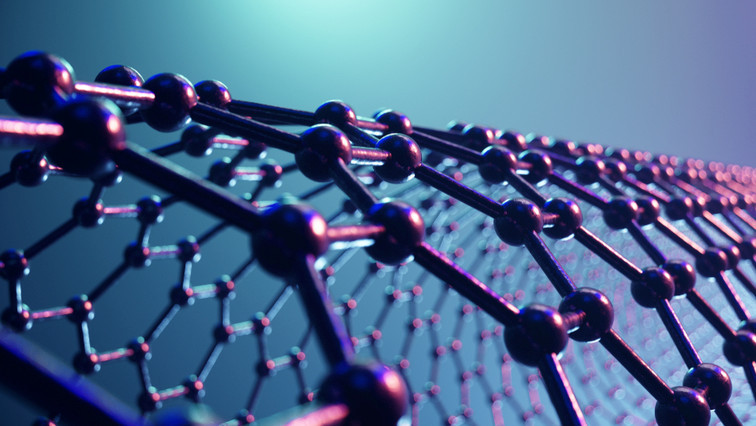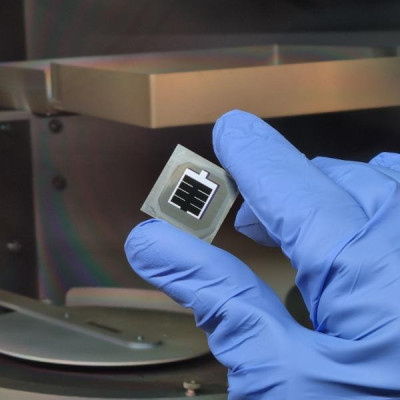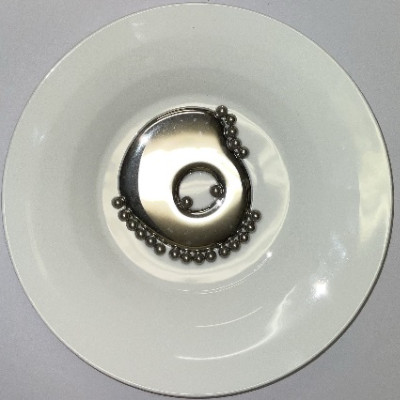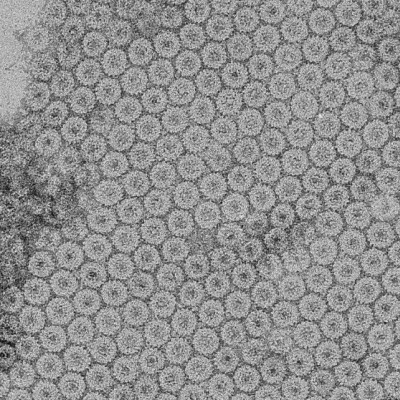The researchers at the Korea Institute of Materials Science (KIMS) and Inha University in South Korea applied surface treatment to carbon nanotube fibres and induced the growth of porous carbon to create the material.
The resulting fibrous supercapacitor can store energy while maintaining the strength of the carbon nanotube (CNT) fibres, the researchers said. They reported an energy density of 7.54mWh per cubic centimetre, at a power density of 190.94mW per cubic centimetre.
The material, which looks like a thin thread, was stably charged and discharged while being deformed, and supporting a weight of 10kg during testing.
Existing technology requires separate materials for batteries and structural purposes, but the new material could play both roles. The unique combination could make it suitable for use in electric cars, drones, and other aerospace applications that require weight reduction.
“Using multifunctional carbon nanotube fibres can help improve the driving distance of future mobility such as drones,” said Dr Kim Tae-hoon, senior researcher at KIMS. “It is expected to apply to the aerospace, aviation, and defence [sectors] that require lightweight high strength, and high conductivity.”
The material could also be useful as a stable power supply for next-generation wearable technology and flexible electronics.
The research team is conducting follow-up research on bulletproof materials and ultra-light composites, as well as electromagnetic wave shielding of CNT fibres.
The researchers also aim to improve manufacturing methods of CNT fibres, with the goal of mass production within a few years.
The work was published in Science Advances.
Read the original article on Institution of Mechanical Engineers (IMechE).







